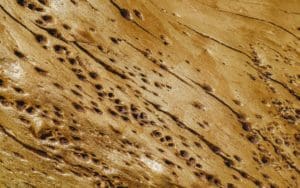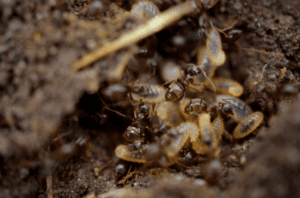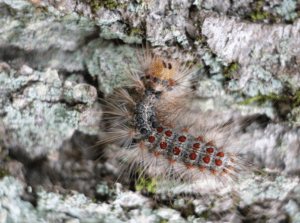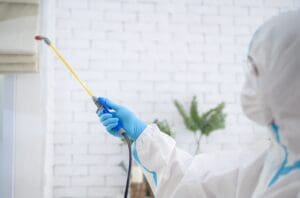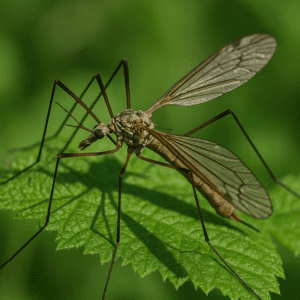
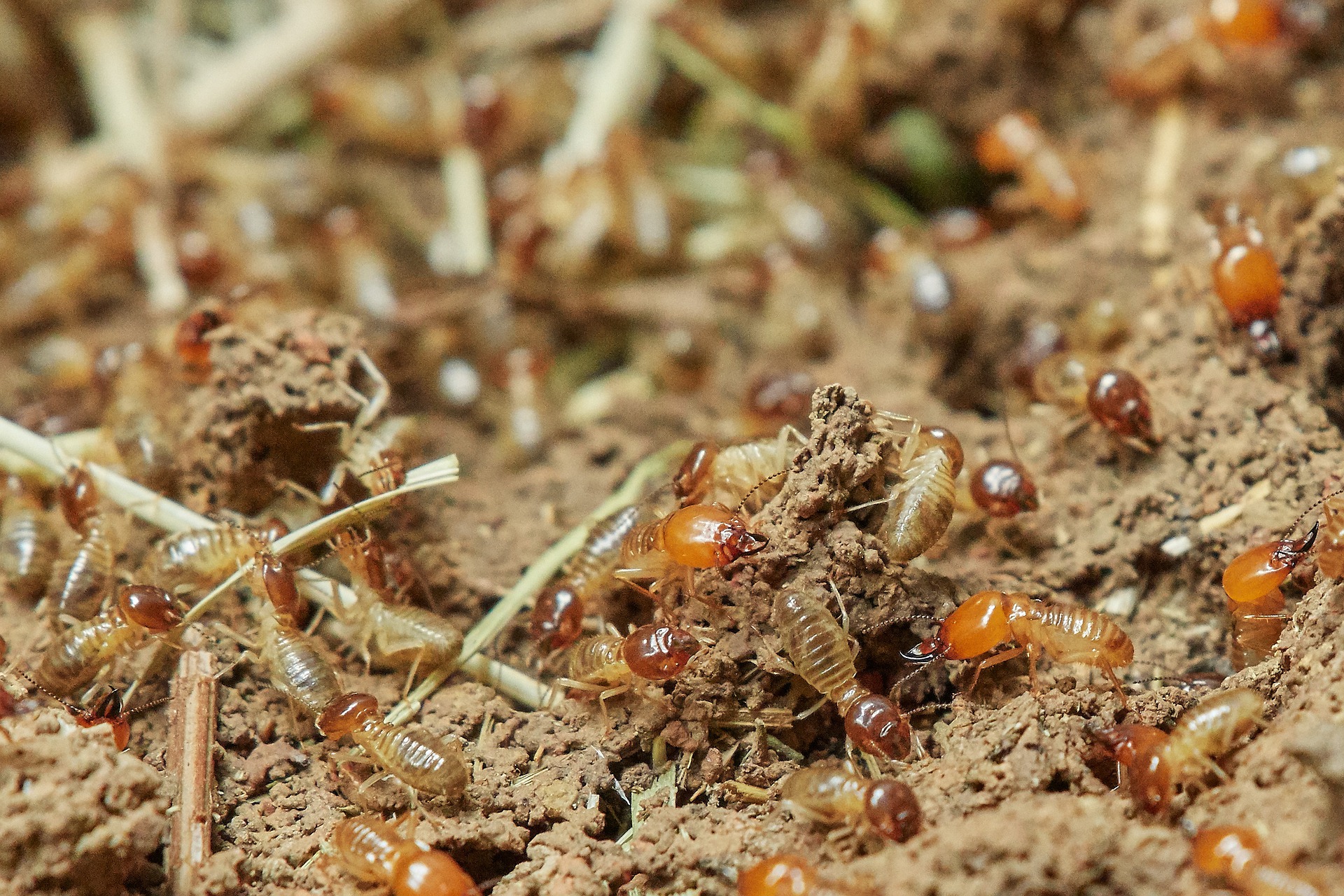
Termites are certainly one of the more costly pests to have in a home or business. One way to avoid substantial termite damage is by knowing what makes “the silent destroyer” tick, and what better way to learn about termites than with a comprehensive guide? Here’s all you need to know about termites, and how Twin-Boro will help eradicate them.
What is a termite?
Termites are wood-eating pests that infest all types of wooden structures. There are more than 40 species in the United States. Their bodies are soft, long, and narrow, and although they have three separate body segments, the segments are not well-defined from each other. All termites have chewing mouthparts and a pair of straight antennae. Termites do not differ much in appearance from one species to the next, apart from certain distinct features. No matter the species, all termite colonies are split into three castes- workers, soldiers, and reproductives. Termites differ more in appearance from caste to caste than from species to species.
Workers are the smallest of the termite castes. Their bodies are teardrop-shaped and lighter in color than the other castes. Workers are the termites most likely to be seen out and about in homes and businesses. Workers gather food and take care of the colony and colony members.
Soldiers are larger than workers but smaller than most reproductives. They have large, elongated, dark heads, and prominent pincers. Soldiers protect the colony from attackers.
Reproductives are separated into four sub-groups. Alates are winged reproductives who, once they find a mate and shed their wings, become de-alates. De-alates grow into kings and queens, which are the two main reproductives in a colony. Neotenic termites assist the queen and aid in egg laying when the queen’s egg output decreases. A neotenic takes the queen’s place when she dies.
So, why exactly are termites dangerous? Well, in short, they can go undetected for long periods while seriously damaging wooden structures. Since termites both eat and live in wood, their daily activities drill dozens of tunnels into each piece of infested wood. These tunnels weaken the wood and increase the likelihood of a collapse occuring. Not to mention, termites cause walls to bulge, wallpaper to bubble, ceilings and floors to sag, and veneer to crack. They also bring with them a mildewy odor.
How do termites get into buildings?
Termites are always looking for food to eat and a place to live. Of course, to them, there is no difference between a fallen tree in the woods and our homes and businesses. When they happen across a home or business that has some wood, they think they’ve hit the jackpot. Dampwood termites will be especially happy if that wood has water damage. The more structural or furniture wood that a building contains, the more likely termites are to move in. They can enter through cracks in foundations or through structural wood that is exposed to the outside. They may also be brought in on outdoor or used furniture, or on firewood.
What environments do termites thrive in?
Since they prefer hot, humid environments, termites are generally more of a problem in more Southern states like Florida. That being said, termites wreak havoc in every state except Alaska. Dampwood and subterranean termites need far more moisture than drywood termites. Dampwood species usually nest in water-damaged wood and damp soil, and they are attracted to spots with high humidity and leaky pipes or faucets. Often, they are found in tropical areas because of the heavy rainfall. Subterranean termites nest in damp soil that is close to a source of wood. They prefer water-damaged wood as well. Subterranean termites are the only type of termites that do not nest where they eat. Instead, they build mud tubes to their food sources. Drywood species are attracted to non-water damaged wood that has low moisture content. Drywood species are even less tolerant of the cold than dampwood and subterranean species. As such, drywood termites are more common in warmer states.
What We Do
If you find termites in your home or business, call Twin-boro today. We’ll start with a detailed inspection outdoors and in, being careful not to miss a thing. Your technician will be on the lookout for wood damage, discarded wings from reproductives, mud tubes from subterranean species, termite droppings, and more. We always pay close attention to problem areas, like spots where soil meets wood.
Once we finish our inspection, we will work with you to personalize a termite control plan. Each property and property owner has their own unique set of requirements, so we will customize a unique combination of treatments in order to best meet those needs. Most often, we use a mix of liquid treatments and bait stations. Some work may be performed indoors but luckily, most work can be done outdoors if the termites are caught early. For the sake of thoroughness, we still like to monitor basements, crawl spaces, and garages for activity, and, if needed, we will apply interior liquid termite treatments.
Each year that your plan is renewed, bait stations will be replenished and liquid applications will be inspected. If necessary, liquid applications will be re-applied at no additional cost. With Twin-Boro, you can be confident that termites will disappear and stay gone. For more information, visit our termite treatment and control page.
